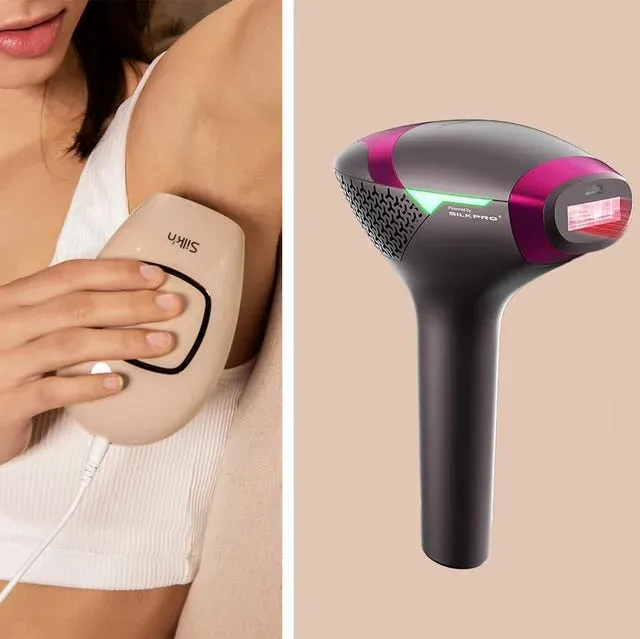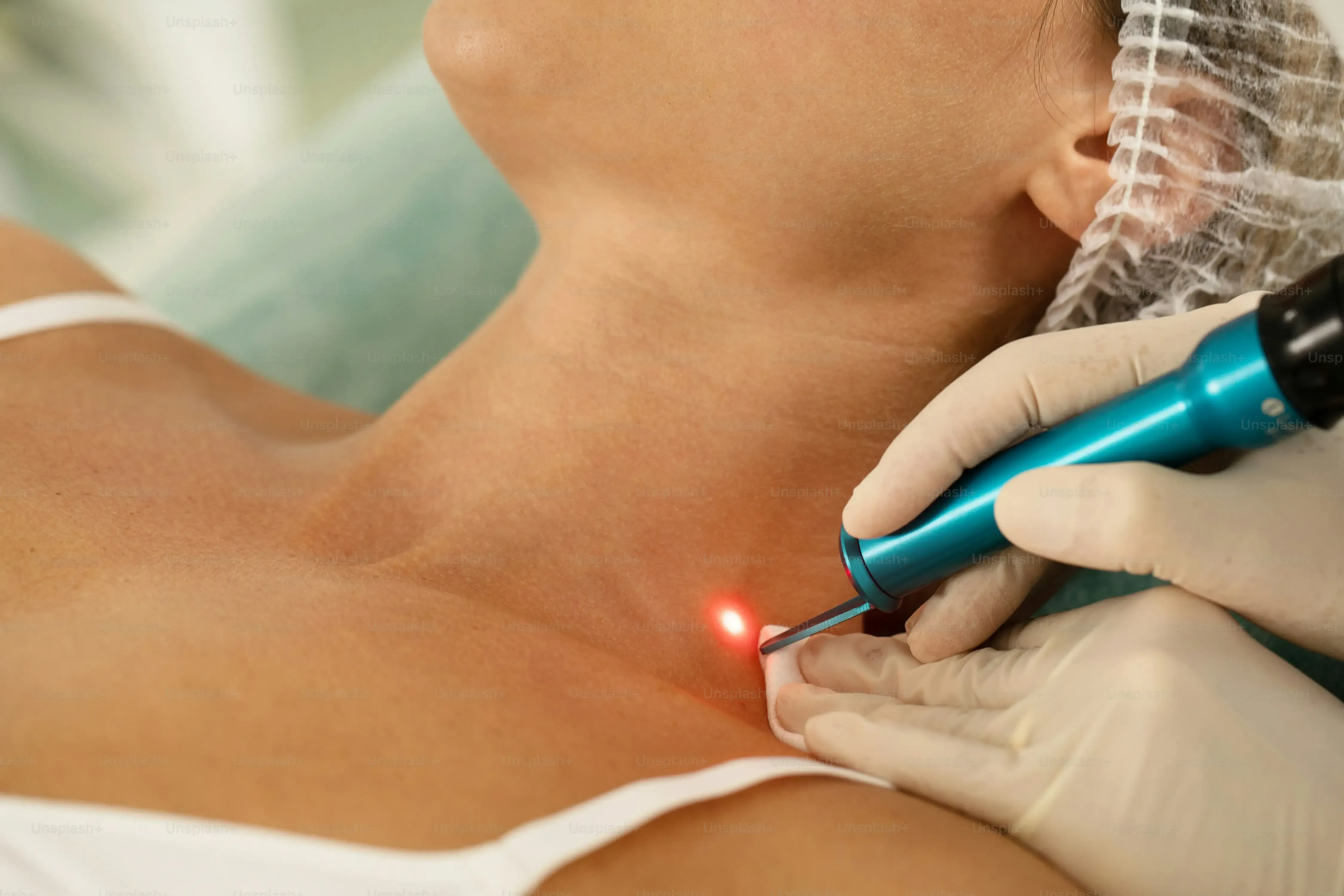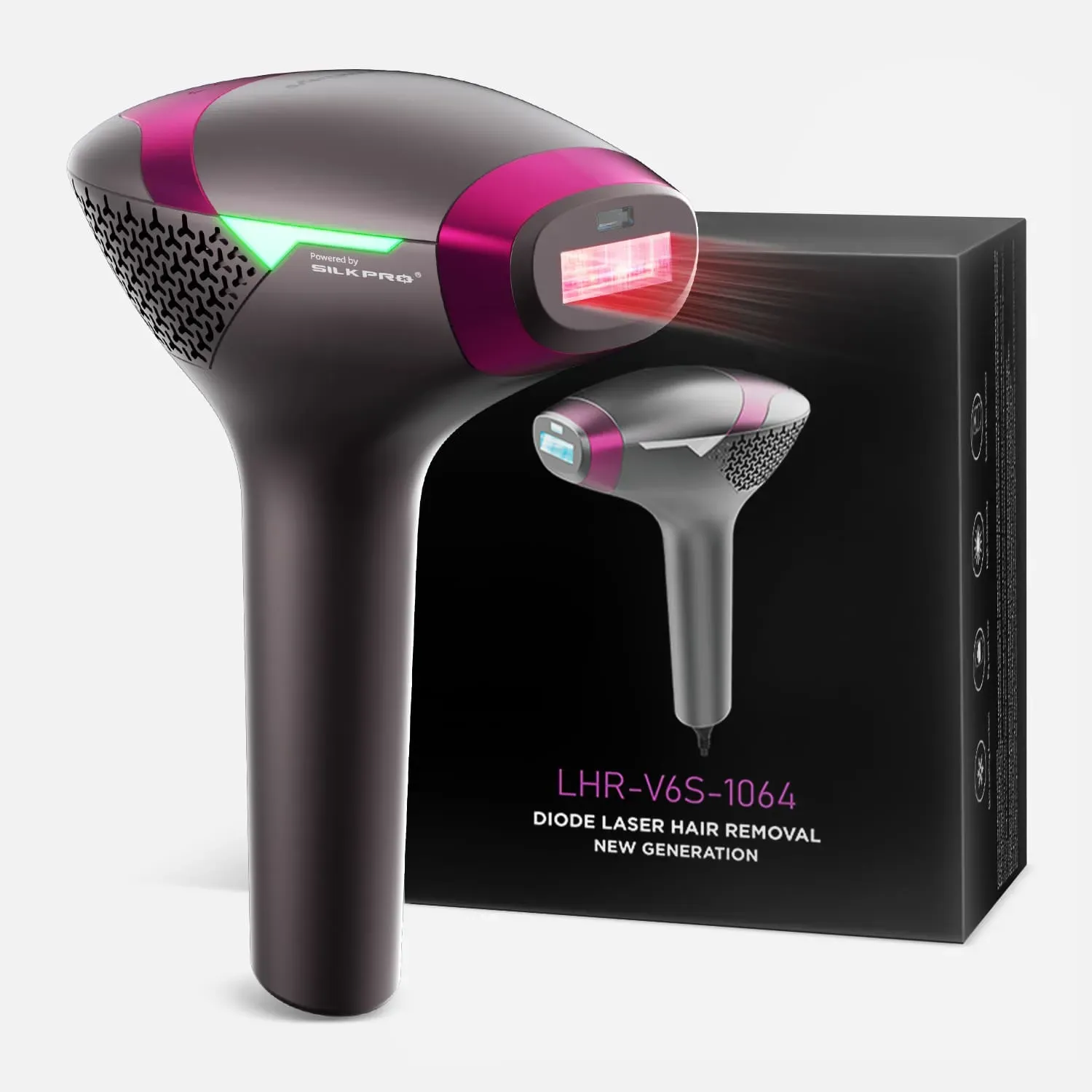Table of Contents
Tired of the endless cycle of shaving, waxing, or expensive salon visits just to keep unwanted hair at bay? You're not alone. The promise of smoother skin without the constant upkeep is pretty appealing, right? For years, effective laser hair removal felt out of reach for most people, confined to clinics with hefty price tags. But technology keeps marching on, and now, getting professional-level results at home is becoming a real possibility.
Why Diode Laser for AtHome Hair Removal?

Why Diode Laser for AtHome Hair Removal?
Understanding Diode Laser Technology
so you've probably heard of laser hair removal, but what makes diode different, especially for using it yourself? Think of it like this: different lasers use different wavelengths of light. Diode lasers typically use a wavelength around 800-810 nanometers. This specific wavelength is pretty good at targeting the melanin (pigment) in your hair follicle while being less absorbed by the melanin in your skin compared to some other lasers. This means it can be more effective for a wider range of skin types than, say, an Alexandrite laser, though results still vary based on your specific hair and skin.
When the diode laser light hits the hair follicle, the melanin absorbs the energy. This energy turns into heat, damaging the follicle and preventing future hair growth. It's not an instant fix; it takes multiple treatments because hair grows in cycles. You need to catch the hair in its active growth phase for the laser to be most effective.
Comparing Diode to Other At-Home Options
For a long time, if you wanted an at-home device, your main option was IPL (Intense Pulsed Light). IPL isn't a laser; it uses a broad spectrum of light wavelengths. This makes it less precise. It can target melanin, but it also hits other chromophores in the skin, which can mean more potential for side effects, especially on darker skin tones. IPL often requires more sessions to see results, and the results might not be as long-lasting as a true laser.
Diode lasers, on the other hand, offer a more focused approach. By using a single, specific wavelength, they are better at targeting the hair follicle directly. This focused energy means you can potentially get faster results and more significant permanent hair reduction compared to IPL devices. This focused precision is a big part of the reason why people are looking for the **best diode laser hair removal at-home** devices.
Feature | Diode Laser (At-Home) | IPL (At-Home) |
|---|---|---|
Technology | Single Wavelength Laser (typically 800-810nm) | Broad Spectrum Light |
Targeting | More focused on hair follicle melanin | Targets multiple chromophores |
Precision | Higher | Lower |
Potential Sessions | Often fewer needed | Often more needed |
Best For | Wide range of skin types (results vary) | Lighter skin, darker hair typically |
Setting Realistic Expectations
let's keep it real. An at-home diode laser isn't going to replicate the power or speed of a professional clinic machine. Clinic lasers are significantly stronger and require trained technicians for safety and effectiveness. At-home devices are designed with lower energy levels to make them safe for consumer use without medical supervision. This lower power means results will take longer, and you'll need consistent, regular treatments.
You're looking for permanent *reduction*, not necessarily permanent *removal*. Some hair might grow back, just finer or lighter. Touch-up sessions will likely be needed over time. Also, these devices work best on darker hair because they target pigment. If you have very light blonde, red, grey, or white hair, a diode laser probably won't be effective. Skin tone is crucial too; while diode is better for a range of tones than some lasers, very dark skin still poses a higher risk of burns or pigmentation changes. Always check the device's compatibility chart for your specific skin and hair color.
Choosing the Best Diode Laser Hair Removal AtHome Device

Choosing the Best Diode Laser Hair Removal AtHome Device
What Specs Actually Matter?
so you've decided a diode laser sounds promising for your quest for smooth skin at home. Now comes the hard part: wading through the options online. Everyone claims they have the **best diode laser hair removal at-home** device. What should you actually look for beyond the flashy marketing? Energy level is a big one. This is usually measured in Joules per square centimeter (J/cm²). Higher energy *can* mean more effective treatments, but it also means higher risk if not used correctly or if the device lacks proper safety features. Look for devices that list their energy output clearly. Spot size matters too – that's the area the laser covers with each pulse. A bigger spot size means you can treat larger areas like legs or back faster, while smaller spot sizes are better for tricky spots like the upper lip or fingers.
Don't just blindly pick the highest number. It's a balance. A device with sky-high energy but no way to cool your skin or sense your skin tone is just asking for trouble. Think about the areas you plan to treat most often. If it's mostly legs, a larger spot size is a godsend. If it's small, precise areas, a smaller head or attachment is crucial. Also, consider how many pulses the device is rated for. These lasers have a lifespan measured in flashes. A higher number means the device will last longer before it's effectively dead. Some brands, like those you might find reviewing on hairawaybylaser.com, will list this prominently, giving you a better idea of the device's longevity.
Safety Features and User Experience
Beyond just raw power, safety features are non-negotiable. A good at-home diode laser should have a skin tone sensor. This sensor checks your skin pigment before firing the laser. If your skin is too dark for the device's safety limits, it simply won't pulse. This is critical for preventing burns and hyperpigmentation. Look for devices with integrated cooling mechanisms. Some have built-in cooling plates or fans to help soothe the skin immediately after the pulse, making the treatment more comfortable and reducing the risk of heat-related side effects. Let's be honest, zapping yourself with heat isn't exactly a spa day, so anything that minimizes discomfort is a major plus.
User experience includes things like the device's ergonomics (how comfortable it is to hold and maneuver), the number of intensity levels (more levels allow for better customization based on your comfort and skin reaction), and the corded versus cordless design. Corded devices offer consistent power but limit your movement. Cordless offers freedom but needs recharging, and power might drop as the battery drains. Check reviews (real ones, not just the ones on the brand's site) to see what actual users say about ease of use and how well the safety features work in practice. A device that's a pain to use will just end up collecting dust in a drawer.
- Key Features to Compare:
- Energy Level (J/cm²)
- Spot Size (cm²)
- Number of Pulses/Flashes
- Skin Tone Sensor
- Integrated Cooling System
- Adjustable Intensity Levels
- Corded vs. Cordless
- Ergonomics and Design
Using Your AtHome Diode Laser Hair Removal Device Safely

Using Your AtHome Diode Laser Hair Removal Device Safely
Getting Started Right: Patch Tests and Preparation
Alright, so you've unboxed your shiny new device, eager to get zapping. Hold up. Before you go to town on your legs or face, the absolute first step, and one too many people skip in their excitement, is the patch test. **Using Your AtHome Diode Laser Hair Removal Device Safely** starts here. Pick a small, inconspicuous area you plan to treat – maybe a spot on your forearm or ankle. Clean the area thoroughly, shave it smooth (the laser targets the follicle, not surface hair), and then follow the device's instructions for a single pulse or a few pulses on different settings if it has them. Wait 24 to 48 hours. Check for adverse reactions like excessive redness, swelling, blistering, or significant pain. Mild redness is normal, but anything more indicates the setting was too high, or the device isn't suitable for your skin. It's a simple step that can save you a lot of grief (and potential burns).
What to Expect from Diode Laser Hair Removal AtHome Results

What to Expect from Diode Laser Hair Removal AtHome Results
Timeline for Seeing Changes
let's talk about the million-dollar question: when will you actually see hair start to disappear? **What to Expect from Diode Laser Hair Removal AtHome Results** isn't an overnight revelation. After your first treatment, you might not notice much immediately. A week or two later, some treated hairs will start to shed. This is a good sign – it means the treatment worked on those particular follicles that were in the right growth phase. It's not like waxing where everything is gone instantly. Shedding happens gradually. You'll need to be patient. Most people start seeing a noticeable reduction in hair growth and density after about 3-4 treatments, spaced according to the device's instructions (usually every 1-2 weeks initially).
Consistency is king here. Skipping sessions or not sticking to the recommended schedule will definitely slow down your progress. Think of it like chipping away at a block of ice; each session removes a layer, but it takes many layers to see a big difference. The total number of sessions needed varies wildly depending on the device, the area being treated, your hair color and thickness, and your skin type. Some areas respond faster than others. Upper lip hair might be stubborn, while leg hair might clear up quicker. It's a process, not a single event.
Treatment # | Typical Observation |
|---|---|
1-2 | Minimal change, maybe some shedding 1-2 weeks later. |
3-4 | Noticeable reduction in hair growth and patchiness. |
5-6 | Significant reduction, finer and lighter regrowth. |
7+ | Managing remaining hair, touch-ups as needed. |
Factors Influencing Your Outcome
So, what makes some people get amazing results while others feel like it's barely working? Several things play a big role in **What to Expect from Diode Laser Hair Removal AtHome Results**. Your hair and skin color are probably the most significant factors. Diode lasers target melanin. This means the darker and thicker your hair is, the better it will absorb the laser energy, leading to more effective follicle damage. If you have light blonde, red, grey, or white hair, there's simply not enough pigment for the laser to target effectively. It's like trying to catch smoke. Skin tone matters too. While diode is generally safer for a wider range of skin tones than, say, IPL, very dark skin still has a higher risk of absorbing too much energy, potentially leading to burns or pigmentation issues. This is why the skin tone sensor is so vital.
Other factors include the specific device you're using (its energy output, spot size, and overall quality), how consistently you use it, and even hormonal factors. Hormones can influence hair growth, which is why some areas might see new hair pop up over time, requiring maintenance. Age, genetics, and even certain medications can play a part. It's not just about pointing and zapping; it's a combination of the technology, your personal biology, and your adherence to the treatment plan. Managing your expectations based on these factors is key to avoiding disappointment.
Making the Call on At-Home Diode Laser Hair Removal
So, you've seen the potential and the pitfalls of at-home diode laser hair removal. It's not a magic wand, and it's certainly not painless for everyone, but for some, it offers a viable path to reducing unwanted hair over time. Finding the **best diode laser hair removal at-home** device means doing your homework – checking specs, understanding compatibility with your skin tone and hair color, and managing your expectations. Don't expect overnight miracles or permanent hair eradication like you might get from multiple professional sessions. What you can aim for is a noticeable reduction, making your grooming routine less of a chore. If you're prepared for consistency, patience, and realistic outcomes, an at-home diode laser might just earn its spot in your bathroom cabinet. Just remember, read the manual, follow the safety guidelines, and don't zap anything you're not supposed to.
